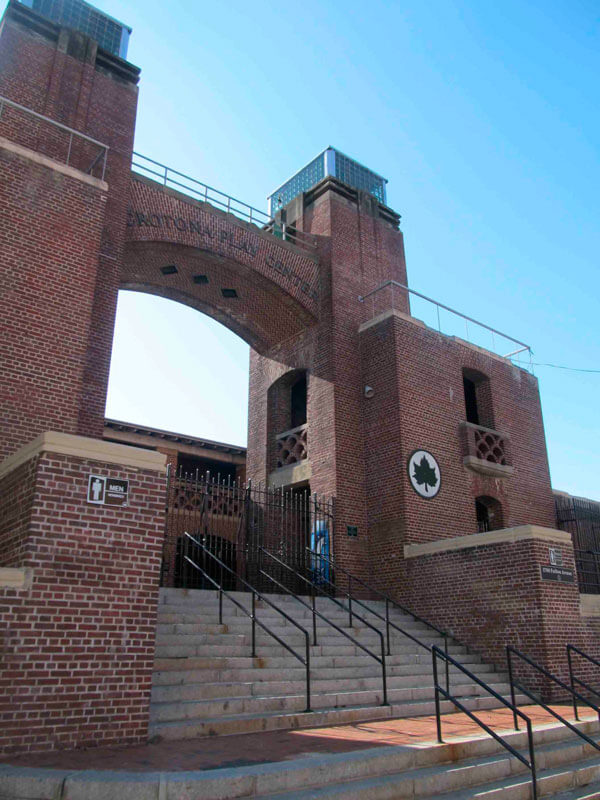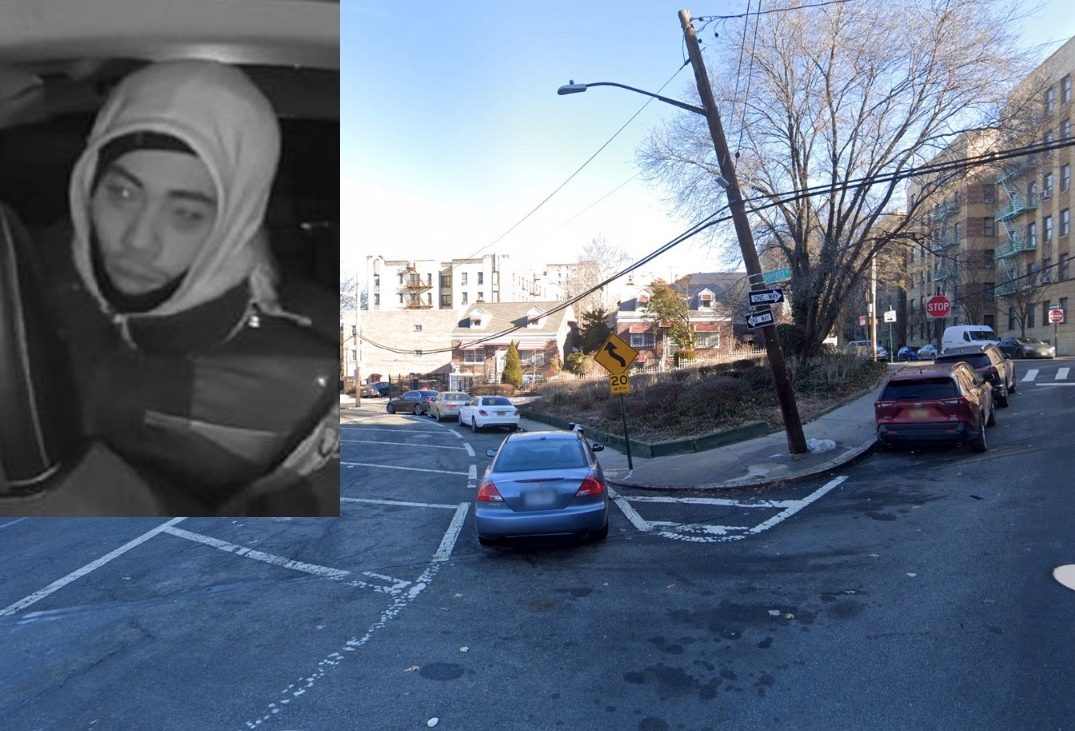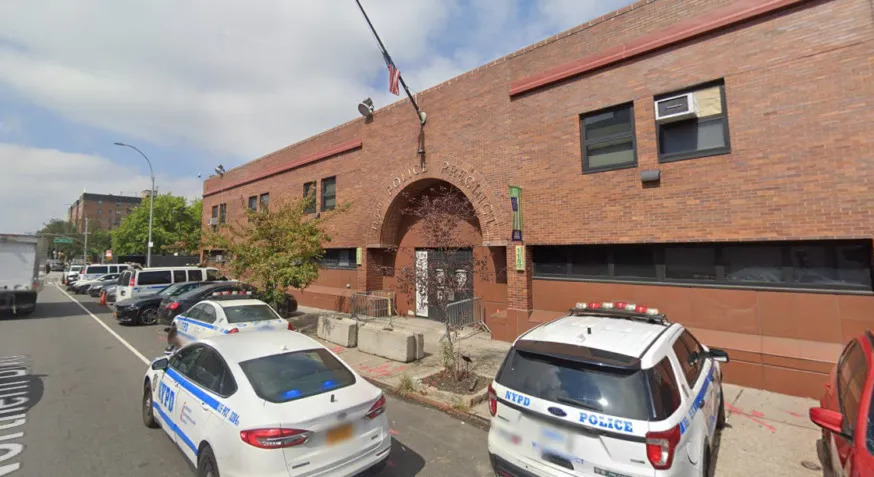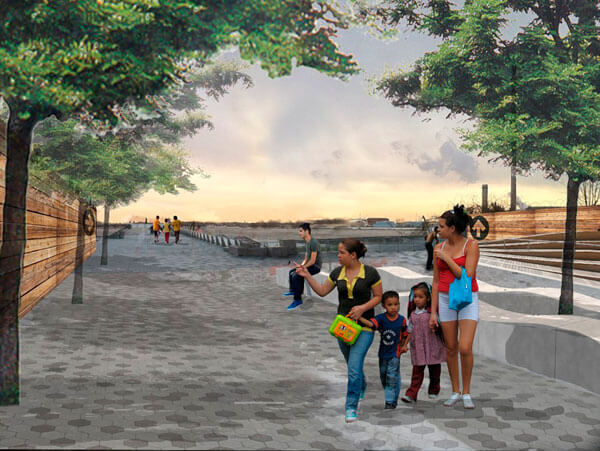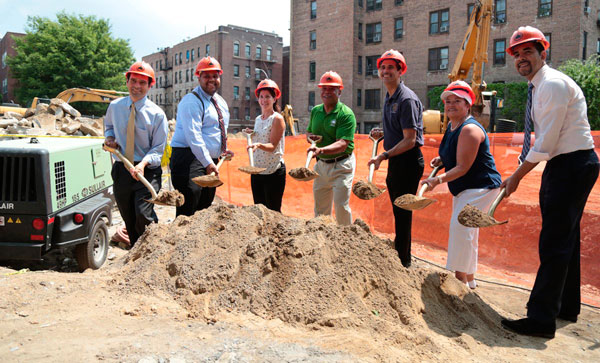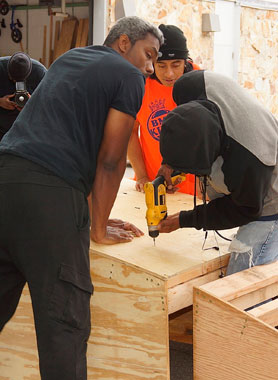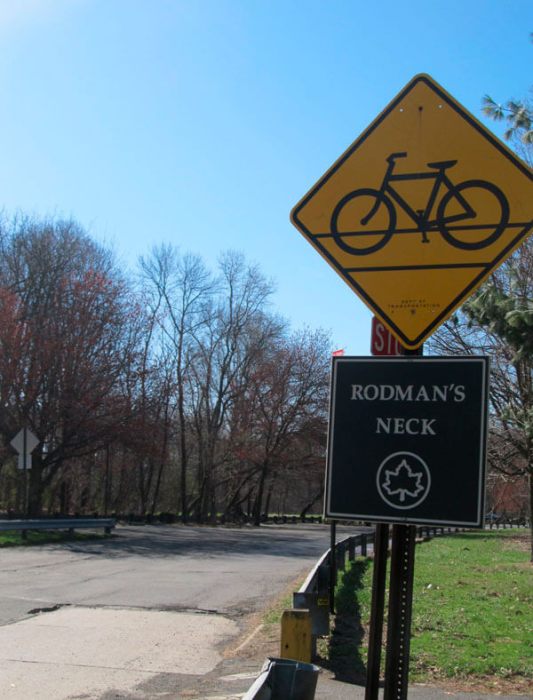The landmarked gateway into Crotona Park built during the Great Depression is going to be renovated.
The bathhouse building that serves as an entrance to the Crotona Play Area at Fulton Avenue and East 173rd Street will be rehabbed. The Landmarks Preservation Commission has approved the plans.
The project is currently out-to-bid and listed in the ‘procurement phase’ by the NYC Parks Department. It was unsuccessfully bid recently, according to the agency.
“Renovation to the Crotona Park entrance will include roof repair, relighting of the structure, pointing and other such phases of masonry, and restoring the function of the clock,” stated a Parks Department spokesman, adding “Because this is a landmarked structure, the work is more expensive and more difficult.”
The Landmarks Preservation Commission needs to approve alterations to buildings that are protected by landmark status.
The building is used seasonally to support the park’s sprawling swimming pool area.
The construction period is estimated at 12 to 18 months, but will be finalizedat the end of the procurement process in June, according to the Parks.
Information supplied by the agency shows that the funding for the $2.6 million project has already been allocated by the mayor’s office and the city council.
Councilman Rafael Salamanca, who represents Crotona Park, said that the park already has undergone improvements to its pool a few years ago.
“Now, the work being done (at East 173 Street) will create additional safe and beautiful green space,” said Salamanca. “I’ll be working with my colleagues to ensure that we continue to see this type of positive investment in all of our parks.”
Councilwoman Vanessa Gibson, from the adjoining district, said, “Park maintenance is important to the health and wellness of our community as well maintained parks promote good health and provide our young people a safe and constructive place to spend the summer months.”
The brick bathhouse was intended to be eye-catching, said official borough historian Lloyd Ultan.
Infamous Parks Commissioner Robert Moses was instrumental in choosing the design of the bathhouse and park entranceway, which bears a slight resemblance architecturally to the Orchard Beach Pavilion, also built during the Depression-era jobs program called the Works Progress Administration, said Ultan.
“The entranceway was designed to make a statement that this is something grand,” said Ultan, adding “Moses’ idea of parks were different from the idea of parks that came before.”
Prior to Moses, recreation spaces in the city were primarily seen as passive areas where people could sit on benches and enjoy nature and natural beauty.
Moses broke with this tradition in the 1930s, and this entranceway into the park was designed to make a statement, said the borough historian.
“Moses was in favor for active uses for parks – playgrounds, tennis courts and swimming pools,” said Ultan.

